Nội Dung Chính
(Page 57)
VII. COMMUNICATION AND CULTURE / CLIL
Everyday English
Making complaints and responding to them
1. Listen and complete the conversations with the expressions in the box. Then practise them in pairs. 🎧
A. I promise
B. I want to complain about
C. I'm sorry to have to say this
D. there's nothing we can do about it
1.
Ms Lan: Hi, Mai. (1) _____ but there is always loud music coming from your flat very late at night. I can't sleep because of the noise.
Mai: Oh, I'm so sorry, Ms Lan. (2) _____ this will never happen again.
2.
Nam: Excuse me, (3) _____ the bus services in the neighbourhood. Buses are always running late, especially during rush hour.
Conductor: I'm sorry, but (4) _____. There are so many vehicles on the roads now that traffic moves very slowly.
2. Work in pairs. Use the models in 1 to make similar conversations for these situations. One of you is A, the other is B. Use the expressions to help you.
1. A has recently moved to a busy urban area. He/She is attending a community meeting chaired by B, who is an urban planner. A is complaining to B about the frequent traffic jams in the area. B is giving a response.
2. B is attending a talk by A, a local government official, who is discussing problems in their city. B is complaining to A about the city's overcrowded living conditions. A is giving a response.
| Useful expressions |
| Making complaints |
| • I'm afraid I have a complaint to make .... • Excuse me, I want to complain about.... • I'm afraid there's a problem with/about... • I'm sorry to say this, but... • I'm angry about... |
| Positive response to complaints |
| • I'm so sorry, but this will never occur/ happen again. • I'm sorry. We promise never to make the same mistake again. |
| Negative response to complaints |
| • Sorry, there is nothing we can do about it. • I'm afraid, there isn't much we can do about it. |
Culture/CLIL
1. Read the text and complete the table.
URBANISATION IN MALAYSIA AND AUSTRALIA

Urbanisation in Malaysia started in the early 1970s. At that time, only around 26 per cent of the population lived in urban areas. After a period of rapid growth, the urban and rural populations were almost equal in the early 1990s. Since then, the urbanisation rate has continued to increase gradually. The urban population, for example, rose from 66 per cent in 2004 to 74 per cent in 2014.
At present, Malaysia is known as one of the most urbanised countries in Southeast Asia. It is also one of the most rapidly urbanised regions around the world. According to the latest statistics, over 77 per cent of Malaysia's total population now live in urban areas and cities.
(Page 58)
Australia is an interesting example of early urbanisation, which started at the end of the 19th century. At that time, over 60 per cent of the population lived in urban areas. Since then, it has maintained a gradual growth. This was also due to the country's immigration policy, which encouraged people to settle in its coastal, urban areas, Australia is now one of the most urbanised countries in the world, with almost 90 per cent of the population living in urban areas. The two largest cities of Australia, Sydney and Melbourne, are home to over 10 per cent of the country's population.
| Urbanisation in Malaysia | Urbanisation in Australia | |
| Started | In the early 1970s | (1) _____ |
| Urban population when urbanisation started | (2) _____ | Over 60 per cent |
| Urban population growth | Rapid growth | (3) _____ |
| At present | (4) _____ | One of the most urbanised countries in the world |
| Current urban population | Over 77 per cent | (5) _____ |
2. Work in groups. Compare urbanisation in Viet Nam with that in Malaysia and/or Australia. Use the information in Writing and Culture/CLIL and the questions below to help you.
• Was the proportion of urban population in Viet Nam higher or lower than that in Malaysia/Australia in the 1970s?
• Which country has a faster urbanisation rate?
• Which one is more urbanised?
• What is the overall trend in urbanisation in each country?
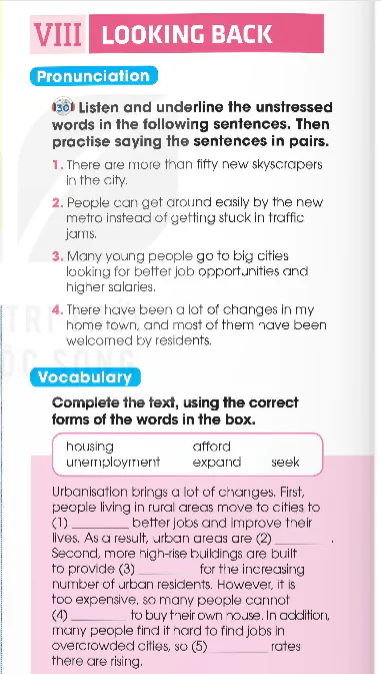
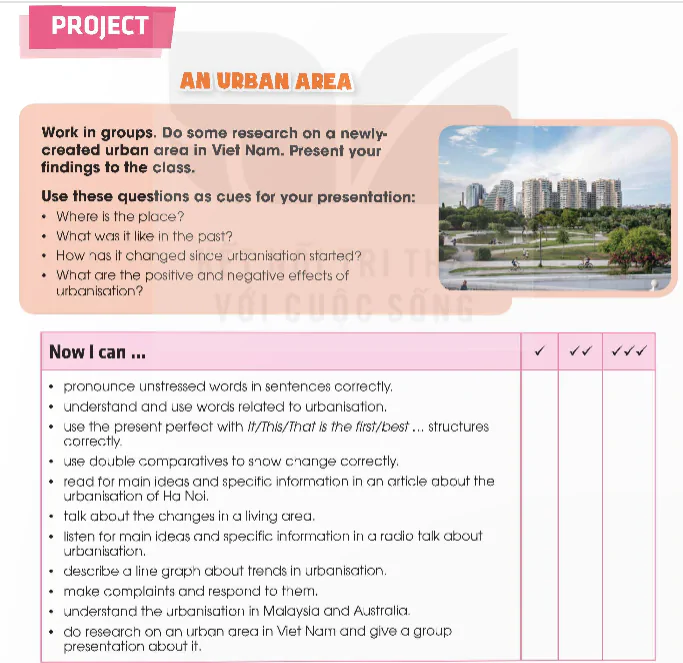
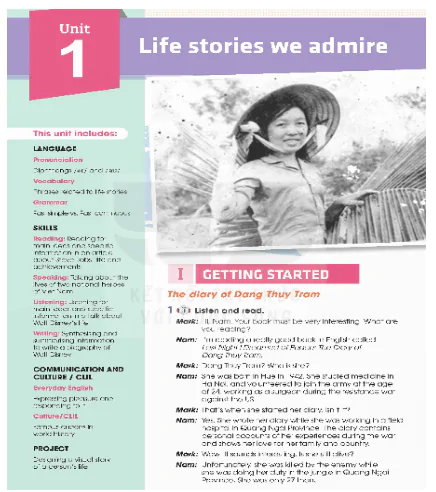
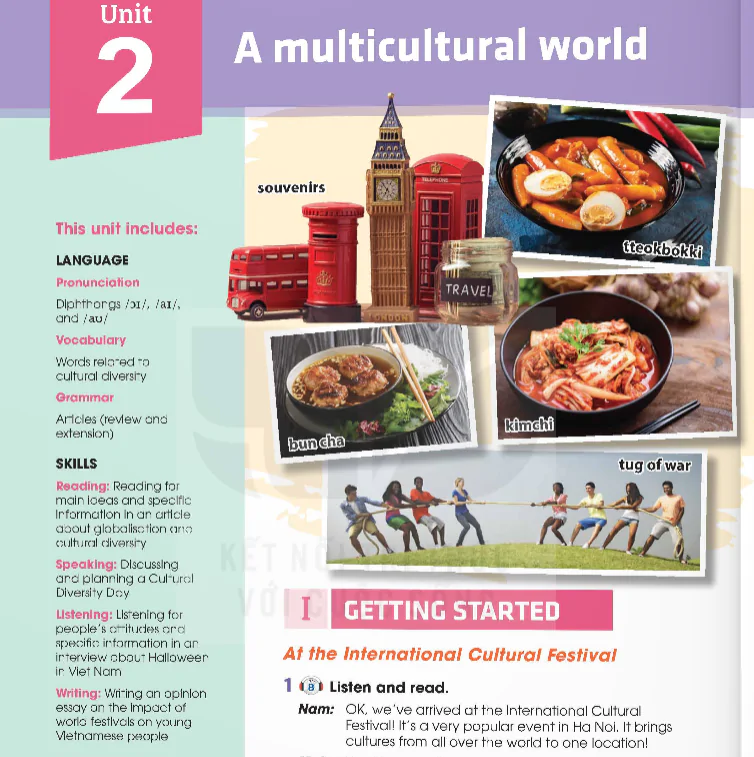
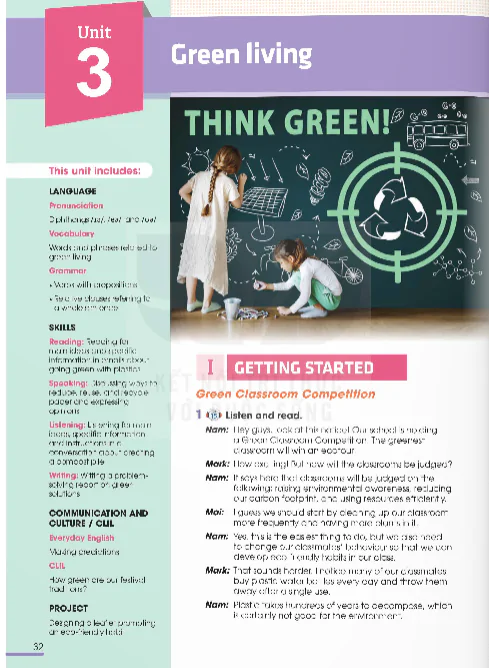
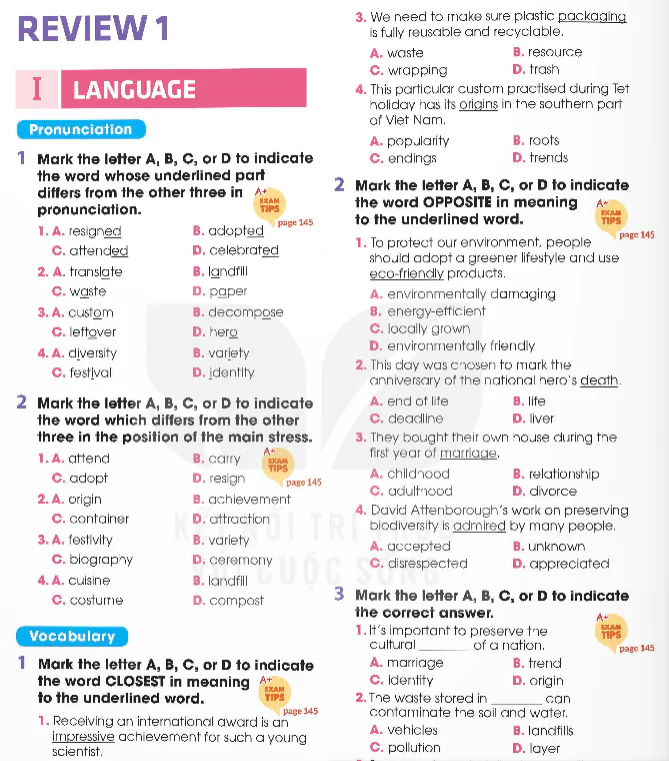
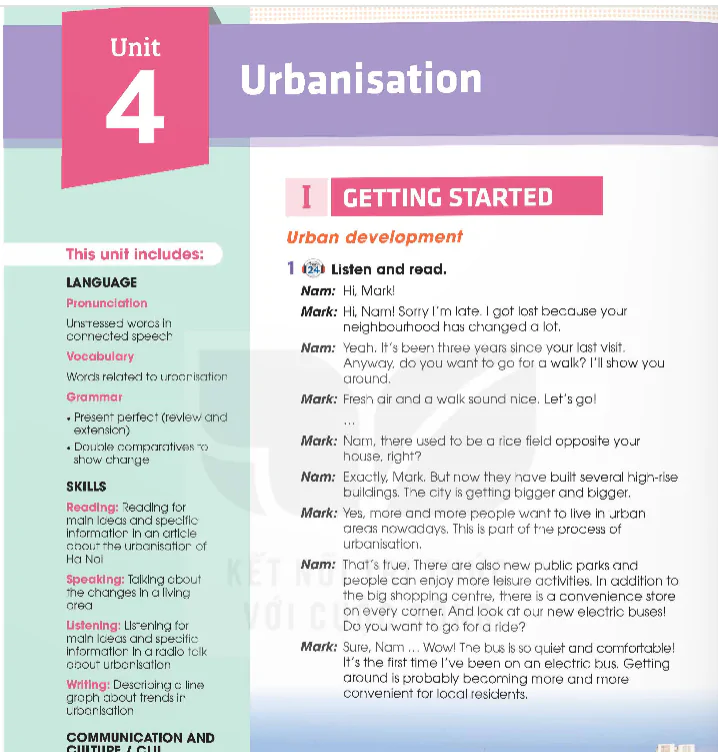
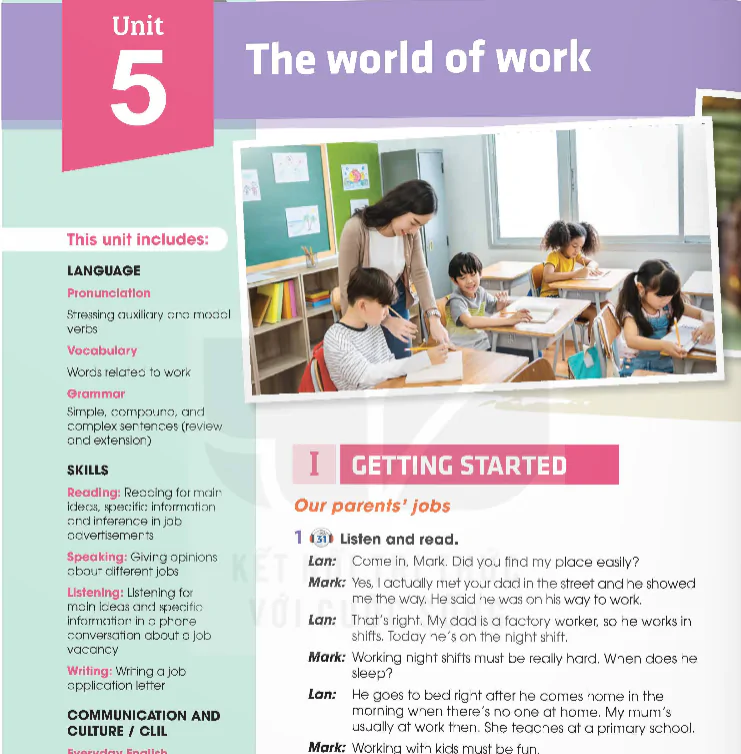




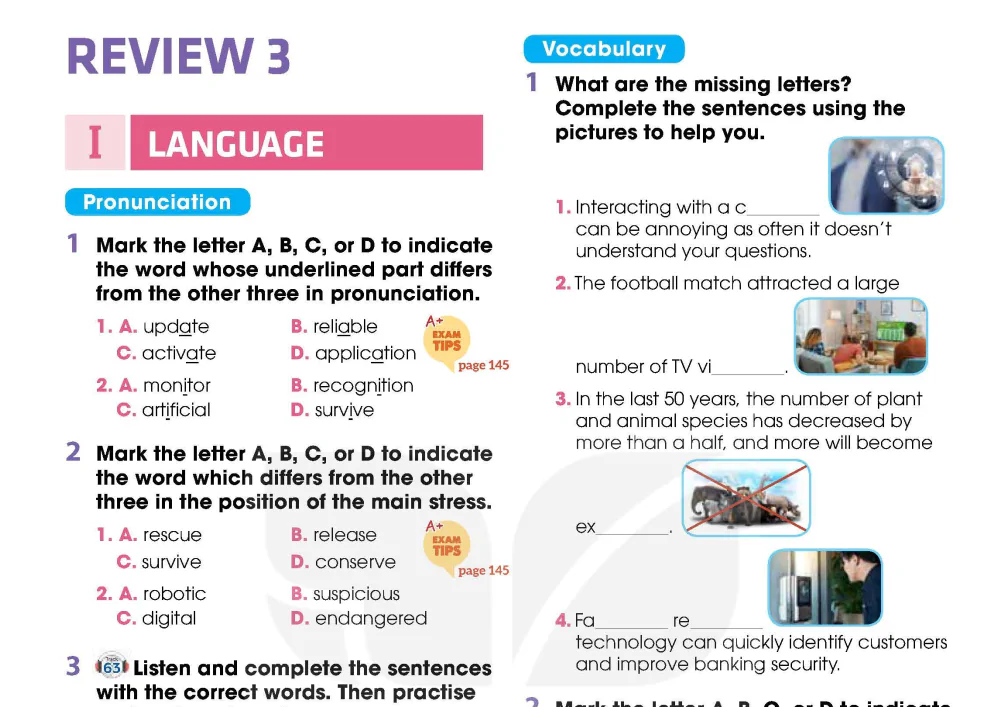

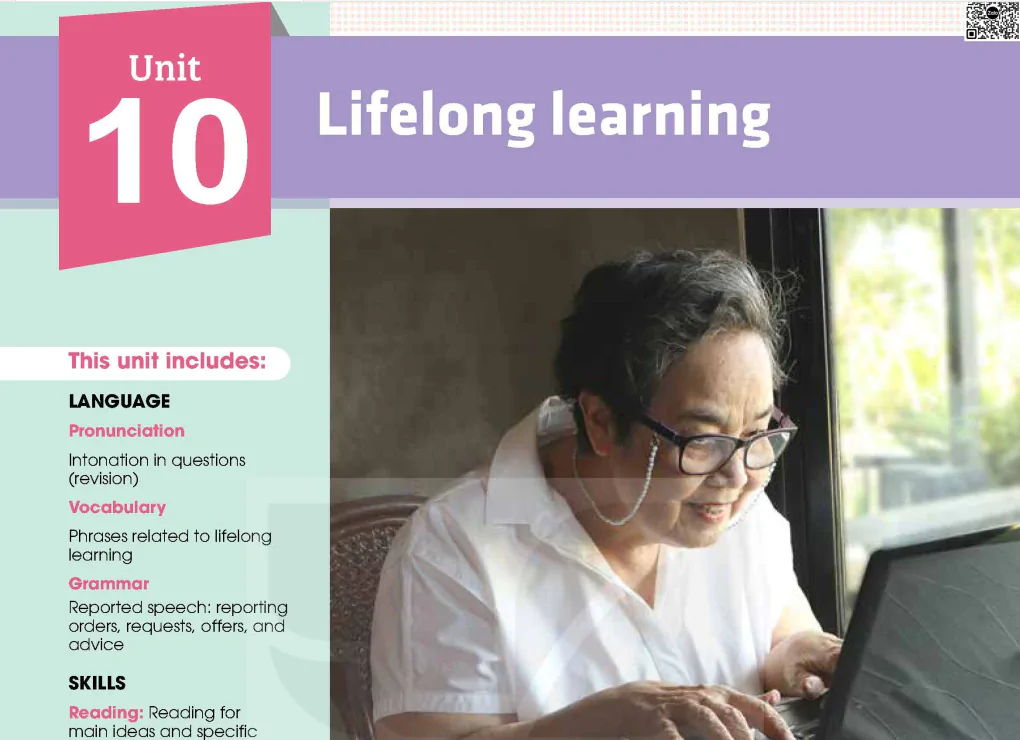
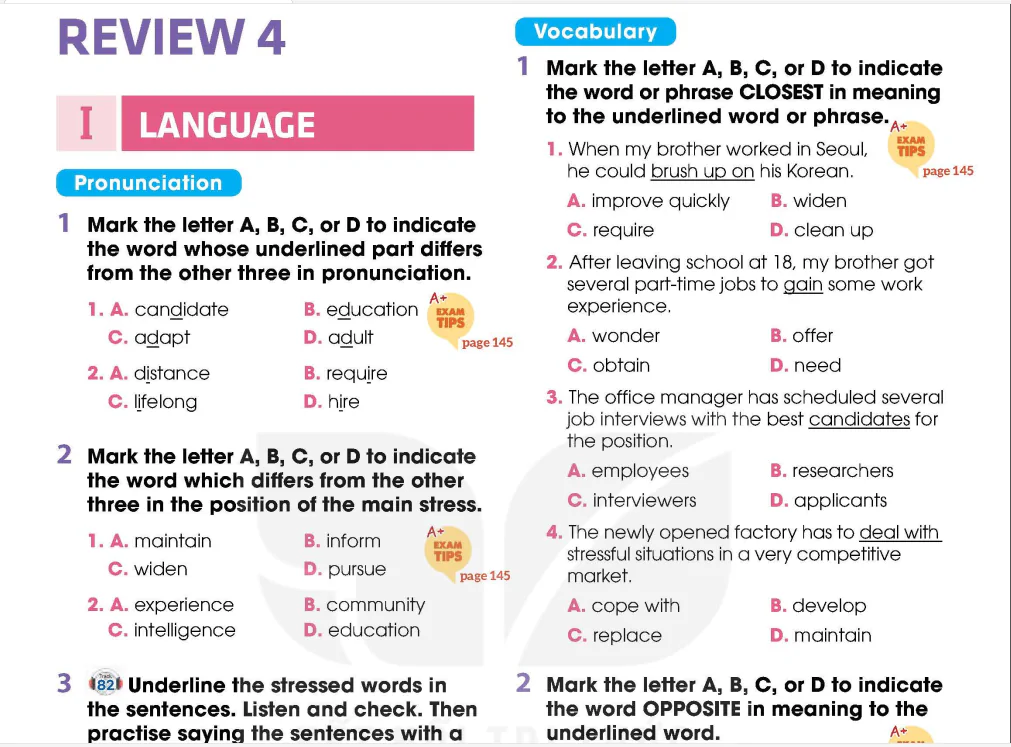
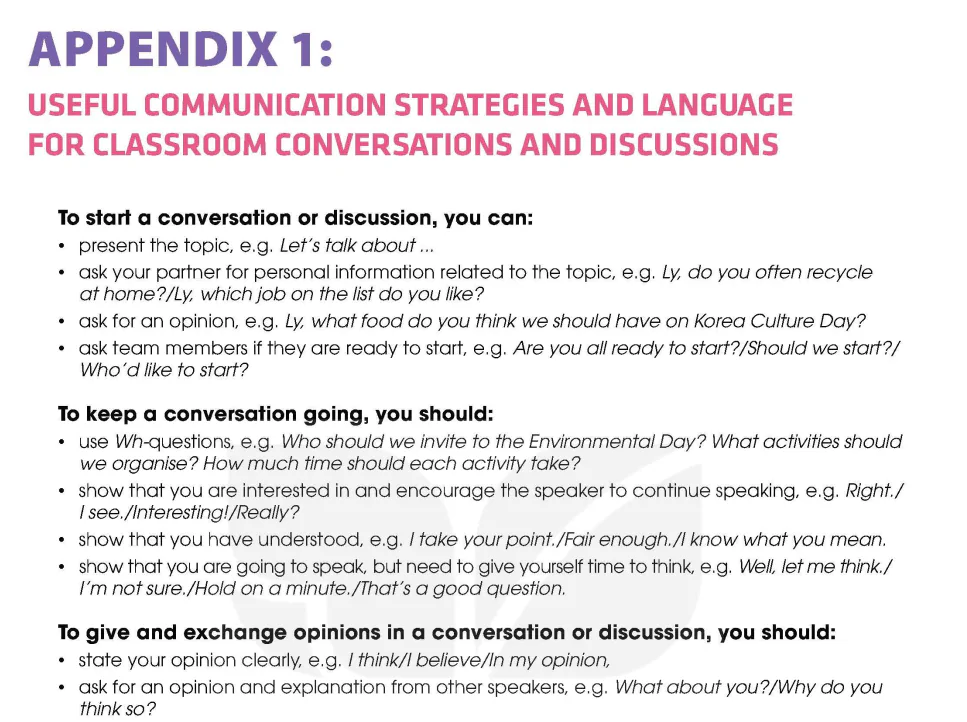
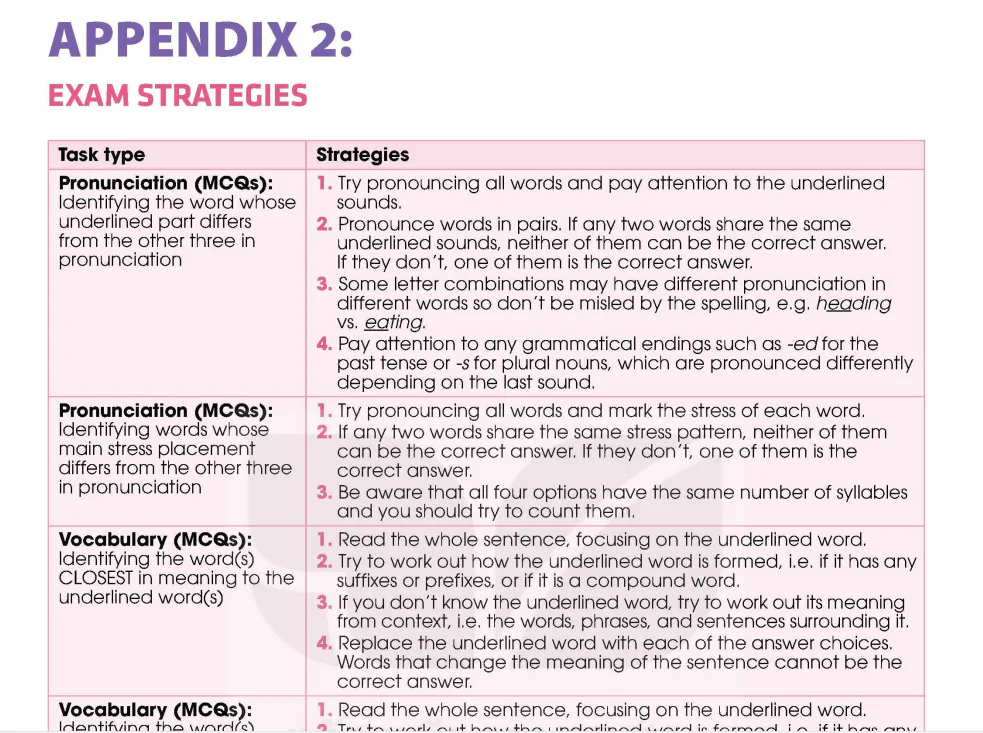
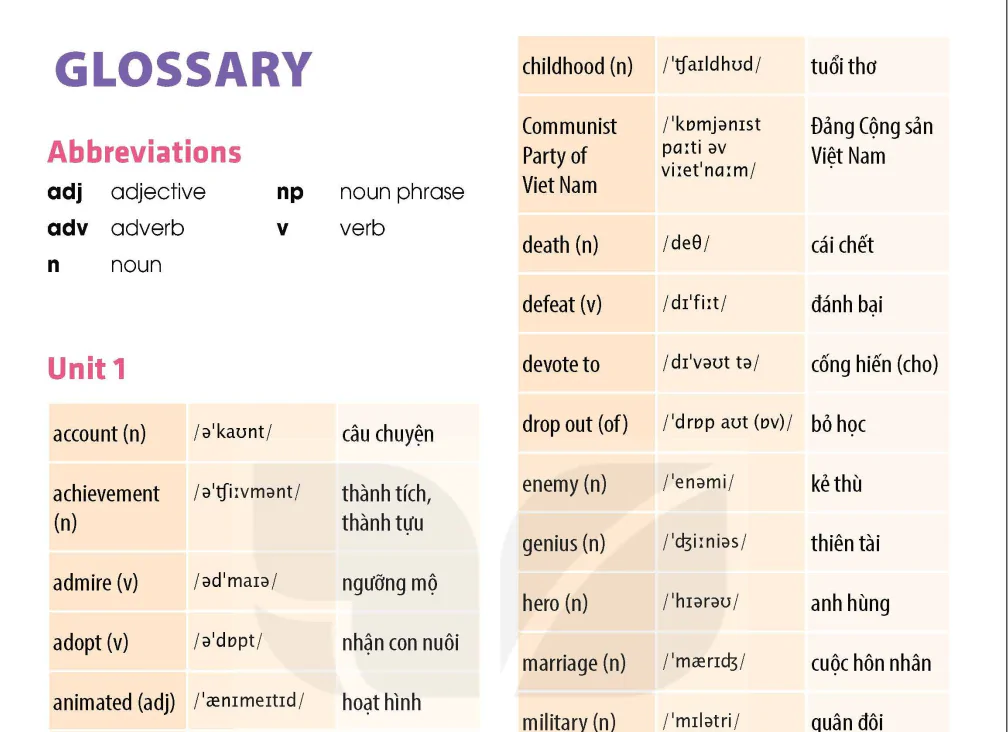


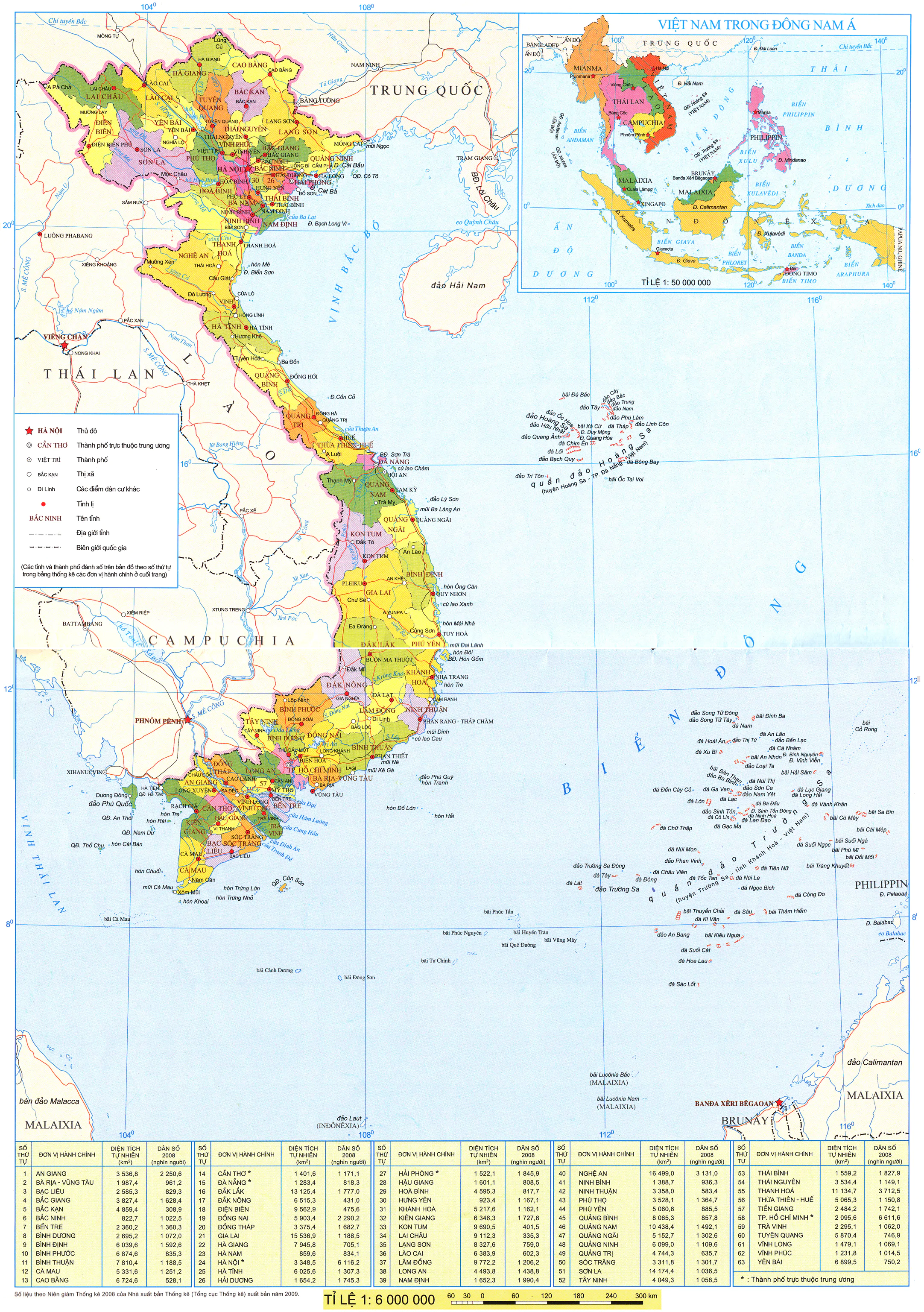















Bình Luận
Để Lại Bình Luận Của Bạn